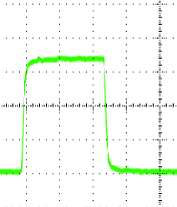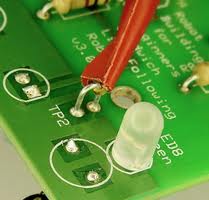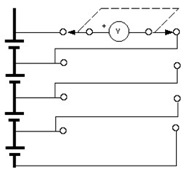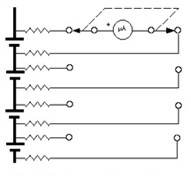When personal computers first appeared to on the market, there weren’t many people asking whether cars would have embedded computers. Today, a luxury sedan has somewhere around 60 embedded computers. Yes, the Internet of Things is expanding, and that means we’ll be seeing more and more smart devices. Devices like these will also be communicating with each other so that they may work together to bring us more advanced information age benefits.
So, will toilets eventually have embedded processors? Why change a good thing? Why add a processor that will need software updates? Why add electric power to a convenience that can function just fine without electric power? These are very reasonable questions, and here are 5 possible answers.
1) A smart toilet can include an automatic flush function. A flushed toilet is always more presentable that an un-flushed one. So, having an automatic flush function ensures that toilets are presented in the best possible light. Self-flushing toilets already exist and can be found in public restrooms. Assuming this functionality becomes popular in the home, the power needed for other smart functions will be available.
2) A smart toilet can measure usage patterns. By measuring how long someone is taking on the toilet, the smart toilet could remind the user to avoid taking too much time. This could be done with and audible alert or more discretely by sending a text message to the user’s smart phone, reminding the user of the possible health consequences of prolonged toilet use. To send this information by text messages, the smart toilet would need to identify the user.
3) A smart toilet can measure a user’s regularity. Once the smart toilet can identify the user, the smart toilet can also measure the regularity of the user, reporting trends and suggesting possible dietary changes to improve regularity (e.g. drink more fluids, eat more fiber, etc.). In order to perform this function properly, the smart toilet might also need to communicate with other toilets.
4) Similarly, a smart toilet could measure urinary frequency. For male users, this function could be useful for detecting enlargement of the prostate.
5) A smart toilet can also measure other healthcare information. When traditional toilets are flushed, useful healthcare information is lost. With more advanced sensors, a smart toilet can detect abnormal amounts of blood, or biochemical changes in the waste. This can be helpful in the early detection of cancer.
Of course, there will probably be resistance to the idea of smart toilets. Some, perhaps most, people won’t like the idea of toilets recording their bathroom habits or having access to their healthcare information. Still, there are some practical and, perhaps, life saving benefits to be gained. Consequently, when Smart Toilets start appearing, the manufacturers will need to assure their customers that these devices are secure and that their personal healthcare information will be kept private. If buyers are convinced, smart toilets might eventually become more popular than the dumb toilets on the market today, and that’s an enormous market.
A smart toilet that’s already on the market…
http://singularityhub.com/2009/05/12/smart-toilets-doctors-in-your-bathroom/
Video of a smart toilet getting hacked…
http://www.forbes.com/sites/kashmirhill/2013/08/15/heres-what-it-looks-like-when-a-smart-toilet-gets-hacked-video/










